M
Marvo
There's hundreds and hundreds of different protective devices around that you're likely to come across sooner or later. They all operate slightly differently and they may appear different in shape and size but they've all got one thing in common in that they will facilitate the disconnection of the supply to a circuit if a dangerous situation occurs.
Some devices are direct disconnection devices ie the supply to the circuit actually runs through them and they have an internal contact to allow disconnection, some are indirect ie they send a signal or interrupt the supply to another device (maybe a contactor for example) that actually does the donkey work of disconnecting the circuit.
Disconnection devices could be automatic reset so they will automatically re-close the circuit after the dangerous condition has subsided or after a certain period of time, others are manual reset which requires input from a person to re-energise the circuit hopefully after testing and remedial work has been performed.
I've picked 10 disconnection devices pretty much at random from the internet and posted their photos below. What I'd like the trainees to do is name each one of them and give the following info about them;
1. What is the device generally called?
2. What does the device sense and how?
3. Does the device provide direct or indirect disconnection?
4. Is the device manual reset, auto reset, neither or could be both?
5. If the device has disconnected does it qualify as safe isolation of the supply?
6. In what application (where) are you likely to come across one of these devices?
7. What about this device makes it so suitable for its application?
8. Give at least one interesting piece of random info about this device.
Okay, here's a quick example;
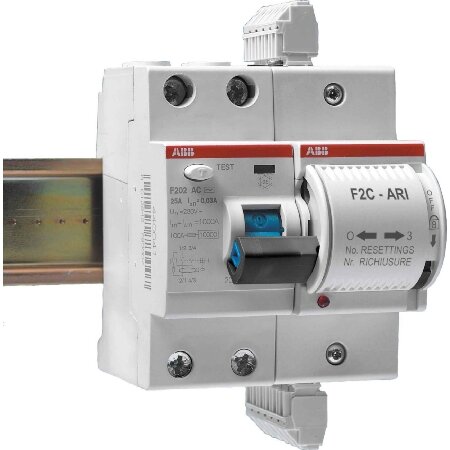
1. What is the device generally called?
It's known as an RCD which is something of a blanket term.
2. What does the device sense and how? What does it ultimately protect against ?
It senses the current flow through the live and the neutral side of the circuit by means of a small CT and some tricky electronics. Any imbalance detected indicates an earth leakage current. The device will trip should the earth leakage current exceed a certain threshold. It ultimately protects people from being killed by electrocution.
3. Does the device provide direct or indirect disconnection?
Direct disconnection on both L+N sides of the circuit (2-pole).
4. Is the device manual reset, auto reset, neither or could be both?
Could be both. This particular device shown has an auto re-closer which will reset automatically for up to 3 attempts.
5. If the device has disconnected does it qualify as safe isolation of the supply?
If it tripped due to a fault then 'NO' it does not provide safe isolation because it could auto re-close at any time. If it's safely operated and locked out then 'YES' it does qualify as safe isolation.
6. In what application (where) are you likely to come across one of these devices?
Protection of final circuits. Possibly domestic but pretty unlikely. More likely in a commercial installation where power fail is likely to cause stock losses.
7. What about this device makes it so suitable for its application? What about the device might make it unsuitable?
It's accuracy and it's speed of disconnection makes it effective at it's job.
8. Give at least one interesting piece of random info about this device.
RCD's were originally pioneered in South Africa with the intention of reducing the high number of deaths of people working on the mines.
Just out of interest when was that last time you checked an RCD to make sure it doesn't have an auto-recloser when you were using it to isolate a circuit? Maybe a discussion for another day...
This isn't a competition so feel free to to give info on some of the devices if you're unsure about others and even if info has already been given about a device you can always add more. My advice is to jump straight in and claim a couple of the easy ones for yourself, if you procrastinate for too long there will only be tricky ones left.
Here's the 10 devices in no particular order, you can quote this post and add your answers in bold or italics.
#!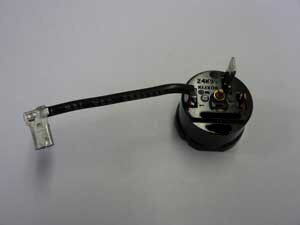 Done by Pennychew
Done by Pennychew
#2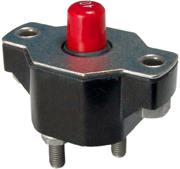
#3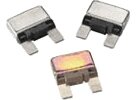 Done by Marvo
Done by Marvo
#4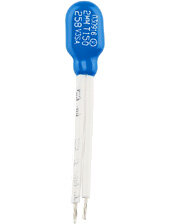
#5
#6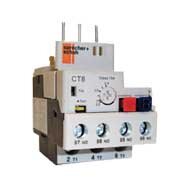 Done by Jamie
Done by Jamie
#7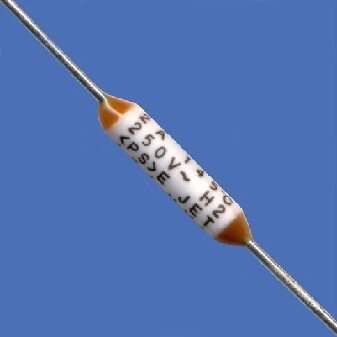 Done by Happysteve
Done by Happysteve
#8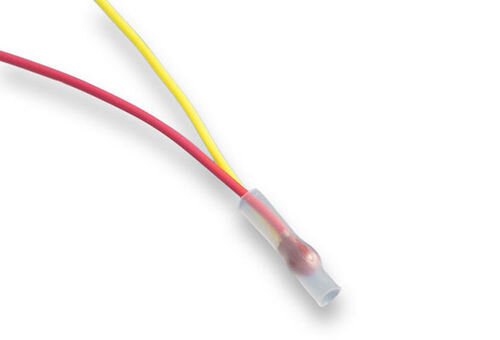
#9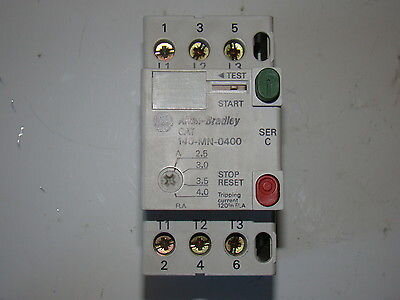
#10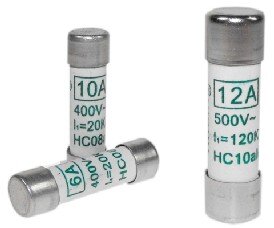
Some devices are direct disconnection devices ie the supply to the circuit actually runs through them and they have an internal contact to allow disconnection, some are indirect ie they send a signal or interrupt the supply to another device (maybe a contactor for example) that actually does the donkey work of disconnecting the circuit.
Disconnection devices could be automatic reset so they will automatically re-close the circuit after the dangerous condition has subsided or after a certain period of time, others are manual reset which requires input from a person to re-energise the circuit hopefully after testing and remedial work has been performed.
I've picked 10 disconnection devices pretty much at random from the internet and posted their photos below. What I'd like the trainees to do is name each one of them and give the following info about them;
1. What is the device generally called?
2. What does the device sense and how?
3. Does the device provide direct or indirect disconnection?
4. Is the device manual reset, auto reset, neither or could be both?
5. If the device has disconnected does it qualify as safe isolation of the supply?
6. In what application (where) are you likely to come across one of these devices?
7. What about this device makes it so suitable for its application?
8. Give at least one interesting piece of random info about this device.
Okay, here's a quick example;

1. What is the device generally called?
It's known as an RCD which is something of a blanket term.
2. What does the device sense and how? What does it ultimately protect against ?
It senses the current flow through the live and the neutral side of the circuit by means of a small CT and some tricky electronics. Any imbalance detected indicates an earth leakage current. The device will trip should the earth leakage current exceed a certain threshold. It ultimately protects people from being killed by electrocution.
3. Does the device provide direct or indirect disconnection?
Direct disconnection on both L+N sides of the circuit (2-pole).
4. Is the device manual reset, auto reset, neither or could be both?
Could be both. This particular device shown has an auto re-closer which will reset automatically for up to 3 attempts.
5. If the device has disconnected does it qualify as safe isolation of the supply?
If it tripped due to a fault then 'NO' it does not provide safe isolation because it could auto re-close at any time. If it's safely operated and locked out then 'YES' it does qualify as safe isolation.
6. In what application (where) are you likely to come across one of these devices?
Protection of final circuits. Possibly domestic but pretty unlikely. More likely in a commercial installation where power fail is likely to cause stock losses.
7. What about this device makes it so suitable for its application? What about the device might make it unsuitable?
It's accuracy and it's speed of disconnection makes it effective at it's job.
8. Give at least one interesting piece of random info about this device.
RCD's were originally pioneered in South Africa with the intention of reducing the high number of deaths of people working on the mines.
Just out of interest when was that last time you checked an RCD to make sure it doesn't have an auto-recloser when you were using it to isolate a circuit? Maybe a discussion for another day...
This isn't a competition so feel free to to give info on some of the devices if you're unsure about others and even if info has already been given about a device you can always add more. My advice is to jump straight in and claim a couple of the easy ones for yourself, if you procrastinate for too long there will only be tricky ones left.
Here's the 10 devices in no particular order, you can quote this post and add your answers in bold or italics.
#!
 Done by Pennychew
Done by Pennychew#2

#3
 Done by Marvo
Done by Marvo#4

#5

#6
 Done by Jamie
Done by Jamie#7
 Done by Happysteve
Done by Happysteve#8

#9

#10












